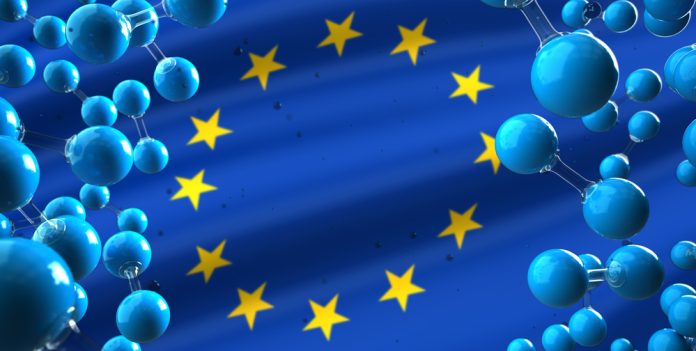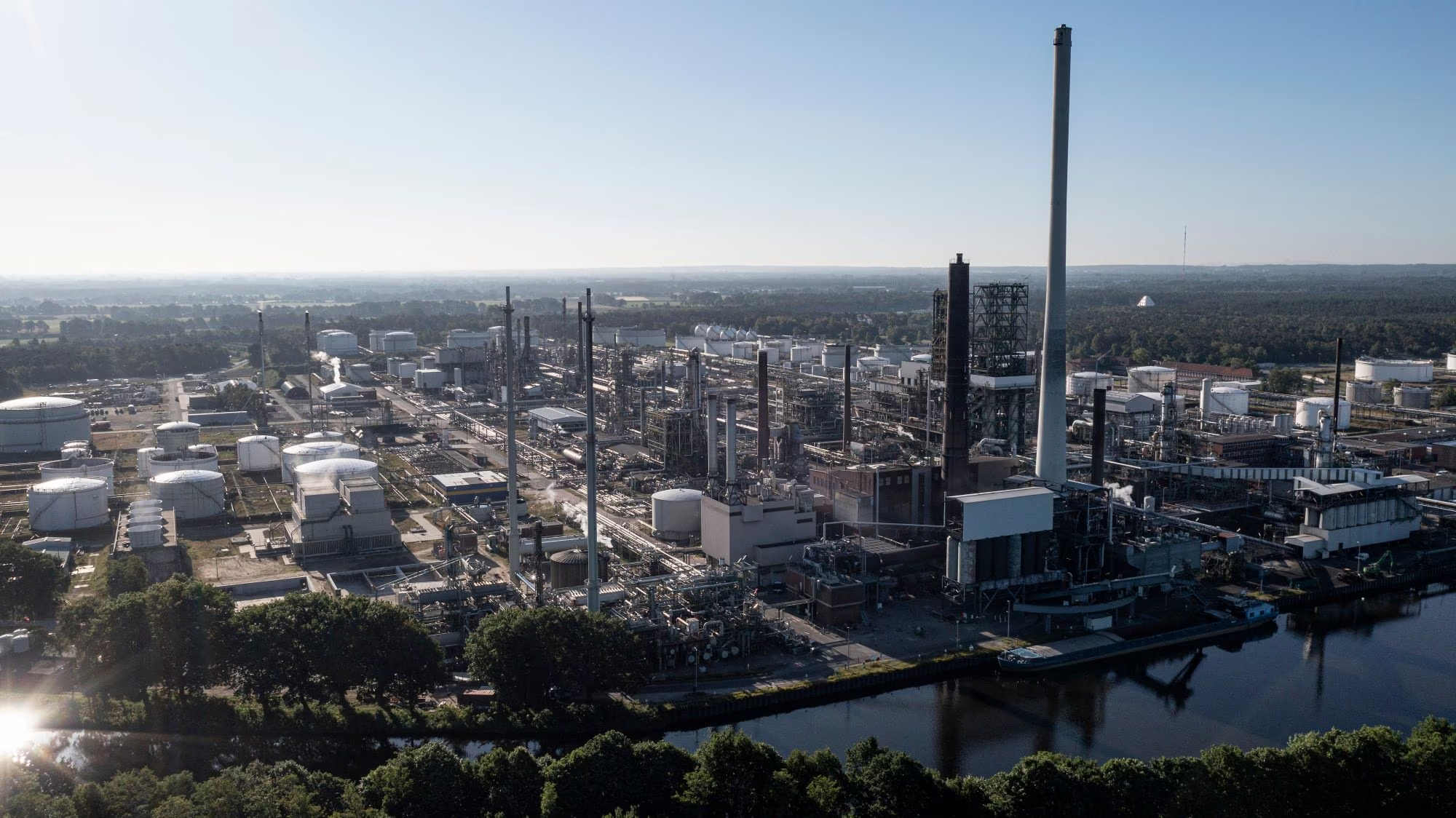According to a new report from the European Court of Auditors (ECA), the EU’s green hydrogen targets for import and production are unrealistic and not likely to be met.
The European Commission has set out targets to produce up to 10 million tonnes of green hydrogen by 2030 and import a further 10 million tonnes.
The auditors found that another target of installing at least 40 gigawatts of renewable hydrogen electrolysers by 2030 was an idea suggested in documents by a hydrogen lobby group.
The ECA said it was “calling for a reality check” four years after the European Commission published its first hydrogen strategy.
Renewable hydrogen as a way to decarbonise
The EU is committed to becoming climate-neutral by 2050. This goal was enshrined in EU legislation through the European Climate Law, which was adopted in 2021.
To achieve this target, all greenhouse gas emitting sectors, therefore, need to decarbonise.
Green hydrogen is one tool for decarbonisation because its production creates minimal carbon emissions, while its use creates zero emissions.
EU legislation suggests the following focus for using it:
- It can be used as feedstock or as a source of energy in industrial and chemical processes, in maritime transport and aviation
- It can also be used for energy storage to balance, where necessary, the energy system
Green hydrogen targets have been set, but they’re not binding
The EU is committed to becoming climate neutral by 2050, meaning that all sectors that emit greenhouse gases are called on to decarbonise.
The Commission saw renewable hydrogen as one way to decarbonise hard-to-electrify industries in particular.
It published an EU Hydrogen Strategy in mid-2020, updated it with its REPowerEU plan in 2022, and set targets for hydrogen production and import to create a green hydrogen market in the EU.
It also recognised that low-carbon hydrogen could play a role in the transition towards climate neutrality.
However, the report found that the Commission did not undertake robust analyses before setting the EU’s renewable hydrogen production and import targets.
These were not broken down into binding targets for Member States, and not all Member States set their own targets. When they did so, these national targets were not necessarily aligned with the Commission’s targets.
In fact, the EU targets turned out to be overly ambitious: based on the available information from member states and industry, the EU is unlikely to meet them by 2030.
Policy recommendations
The report concluded that overall, the Commission was partially successful in creating the necessary conditions for the emerging green hydrogen market and the hydrogen value chain in the EU.
However, it is now calling for a reality check as nearly four years have passed since the publication of the Hydrogen Strategy, and the first lessons can be drawn.
The ECA says that work on standardisation and certification is still required. Progress in market development will depend on several factors, including whether member states will:
- Meet the demand targets, which in turn depends on progress made by industry
- Manage to reduce permitting timelines for renewable hydrogen and renewable energy projects
Overall, the report recommends that the EU Commission:
- Following a reality check, make strategic choices on the way ahead without creating new strategic dependencies
- Set out an EU roadmap and monitor progress
- Obtain reliable national funding data and assess the appropriateness of EU funding arrangements accordingly
- Monitor the permitting process in Member States
- Take a clear decision on support and coordination actions with and for the green hydrogen industry









